Visa changes could stunt budding US-India ties
Fri 10 Feb 2017, 09:19:22
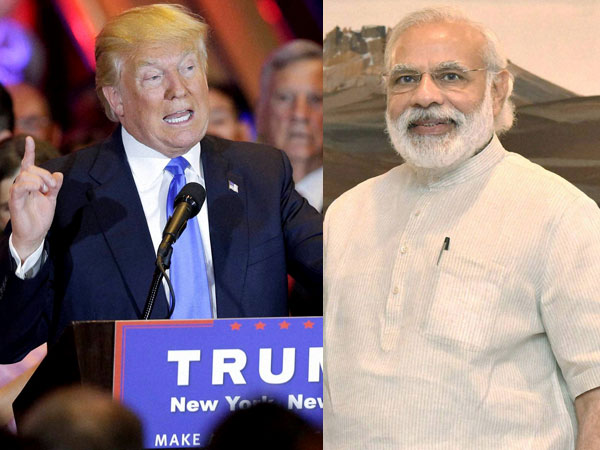
WASHINGTON: The US and India seem like a natural fit in the Trump era: Rambunctious democracies, led by populists, focused on economic growth and fighting against radicalism. It is a budding partnership that could be set back by a nuts-and-bolts dispute over employment visas.
As President Donald Trump looks to help US workers, his administration is considering a broad review of a visa program used heavily by India’s massive technology and outsourcing industries to send programmers and other computer specialists to the US.
Speculation about tougher rules on so-called H-1B visas sent tech stocks tumbling in India last week, and compounded concerns about the protectionist direction of US policy after Trump temporarily suspended immigration from seven Muslim-majority countries.
The technology
sector is vital for India’s economy and creating jobs for a fast-growing, young workforce — a top priority for Hindu nationalist Prime Minister Narendra Modi. US is the main customer: It accounted for more than 60 percent of India’s $108 billion in foreign tech and outsourcing sales last year, according to the National Association of Software and Service Companies (NASSCOM), an Indian industry lobby group.
sector is vital for India’s economy and creating jobs for a fast-growing, young workforce — a top priority for Hindu nationalist Prime Minister Narendra Modi. US is the main customer: It accounted for more than 60 percent of India’s $108 billion in foreign tech and outsourcing sales last year, according to the National Association of Software and Service Companies (NASSCOM), an Indian industry lobby group.
The US government grants up to 85,000 of working visas including H-1B visa each year. They are open to a broad range of occupations and recipients who can stay in the country for up to six years. First Lady Melania Trump, who comes from Slovenia, had one as a fashion model in the 1990s.
The top occupations, however, are tech-related and about 70 percent of the recipients are Indian.
No Comments For This Post, Be first to write a Comment.
Most viewed from International
Most viewed from World
AIMIM News
Latest Urdu News
Most Viewed
May 26, 2020
Can Lionel Messi's visit boost Indian football?
Latest Videos View All
Like Us
Home
About Us
Advertise With Us
All Polls
Epaper Archives
Privacy Policy
Contact Us
Download Etemaad App
© 2025 Etemaad Daily News, All Rights Reserved.


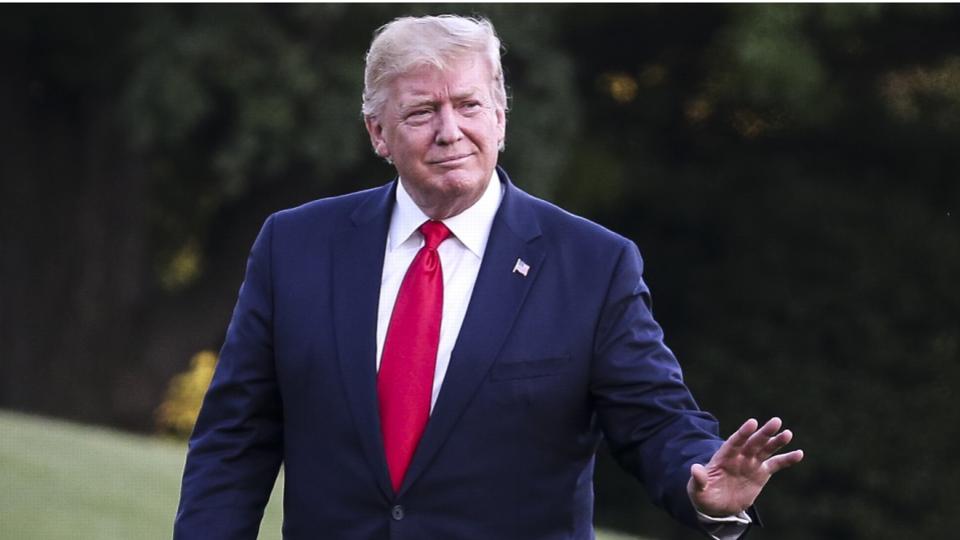
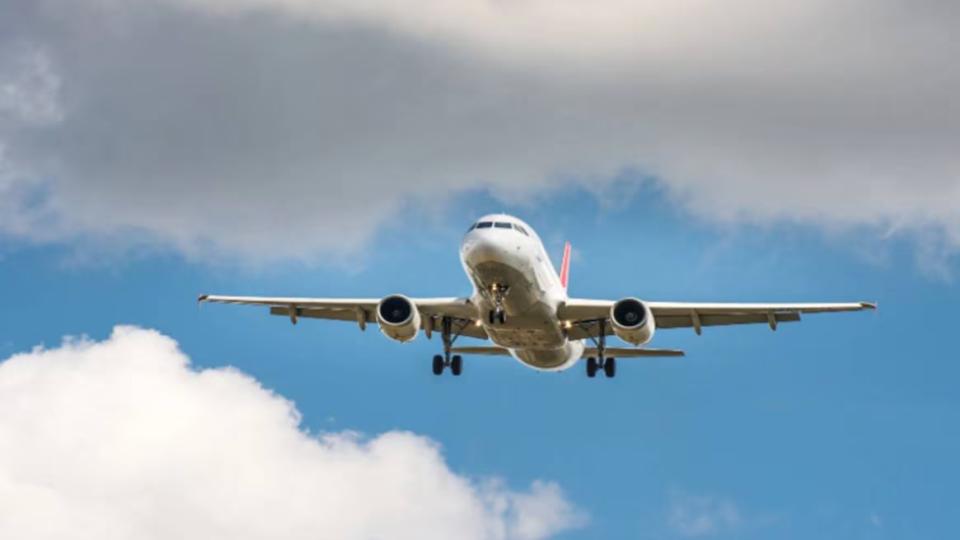
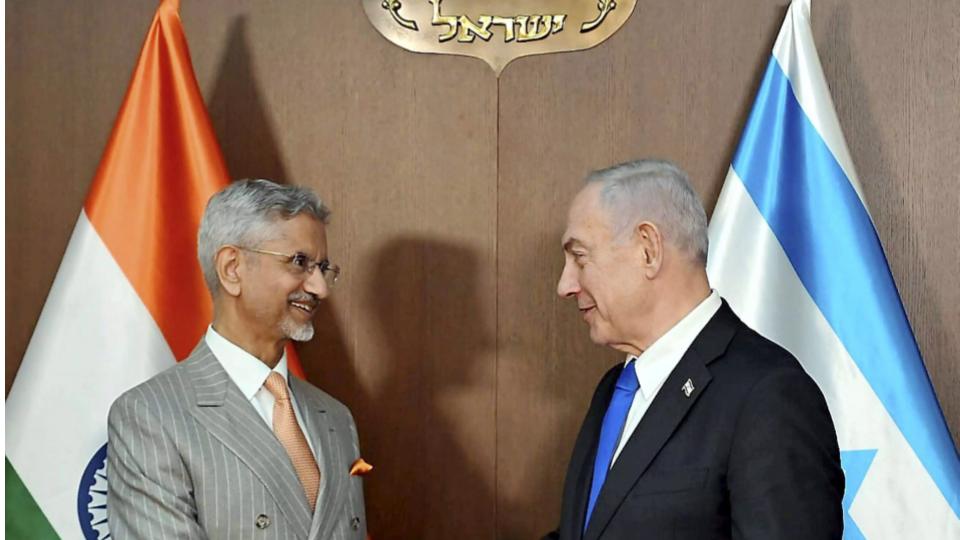

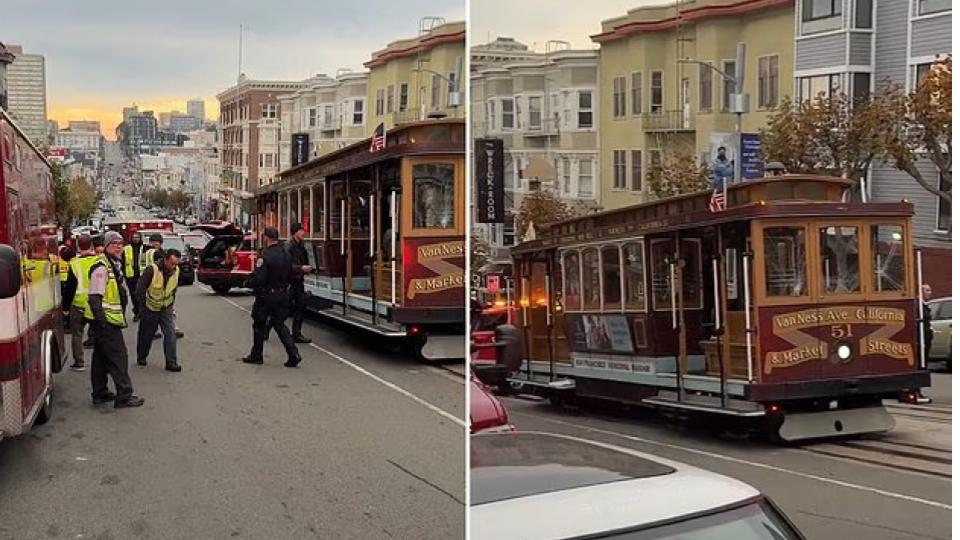
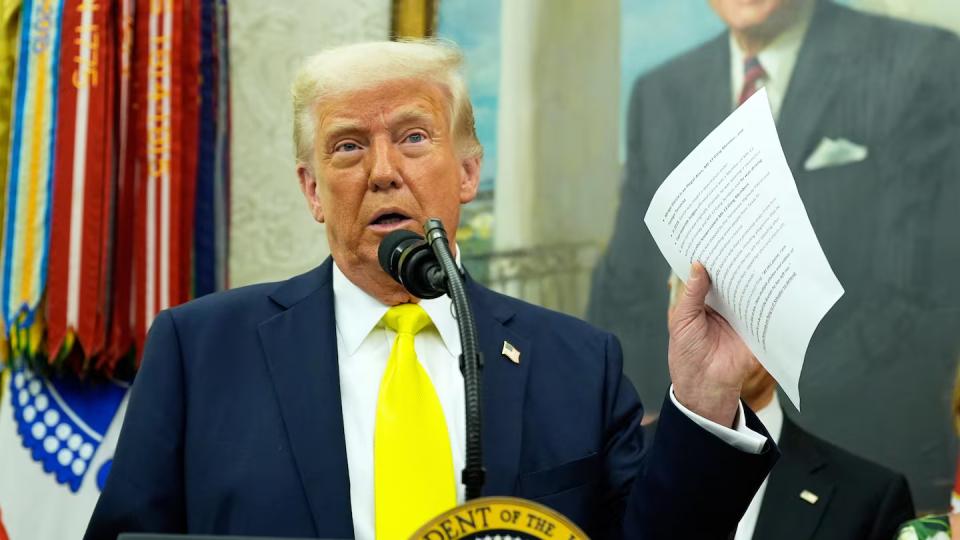
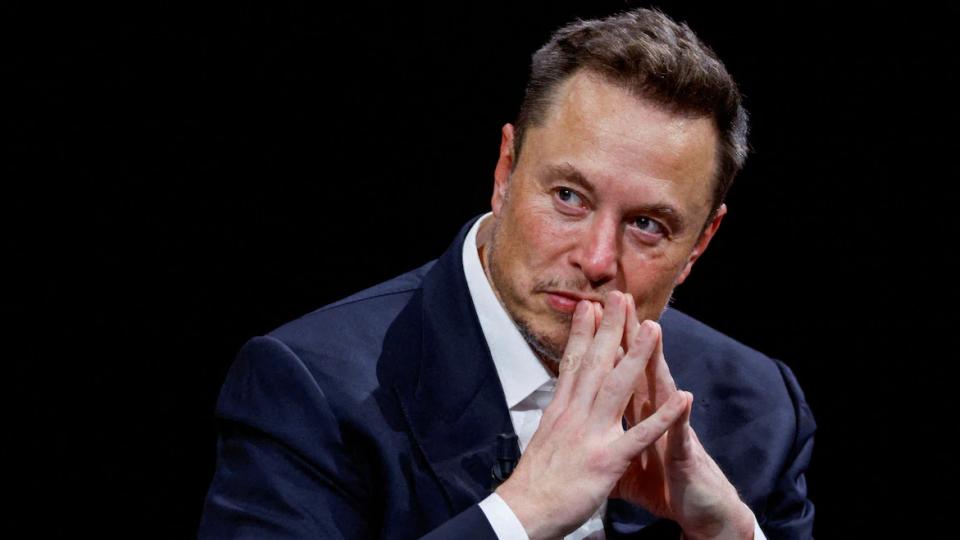
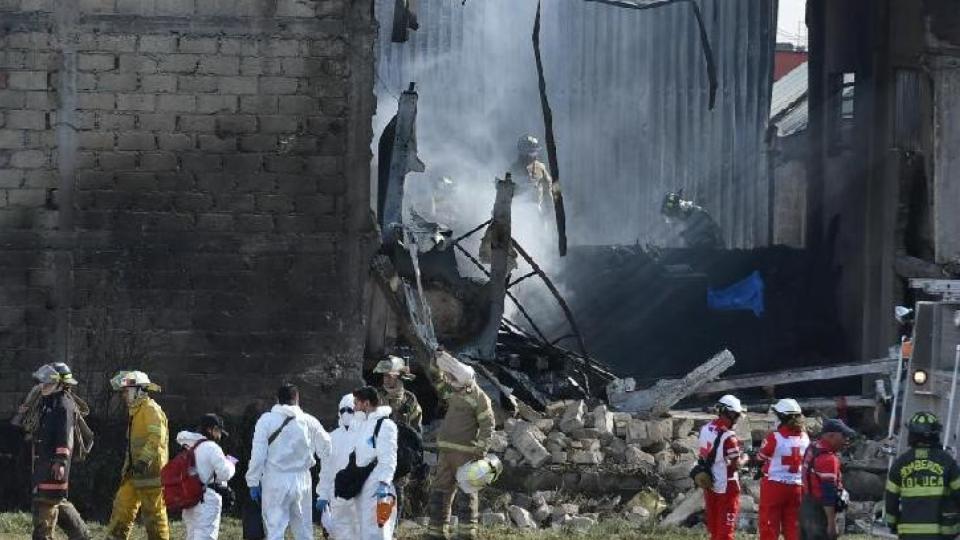
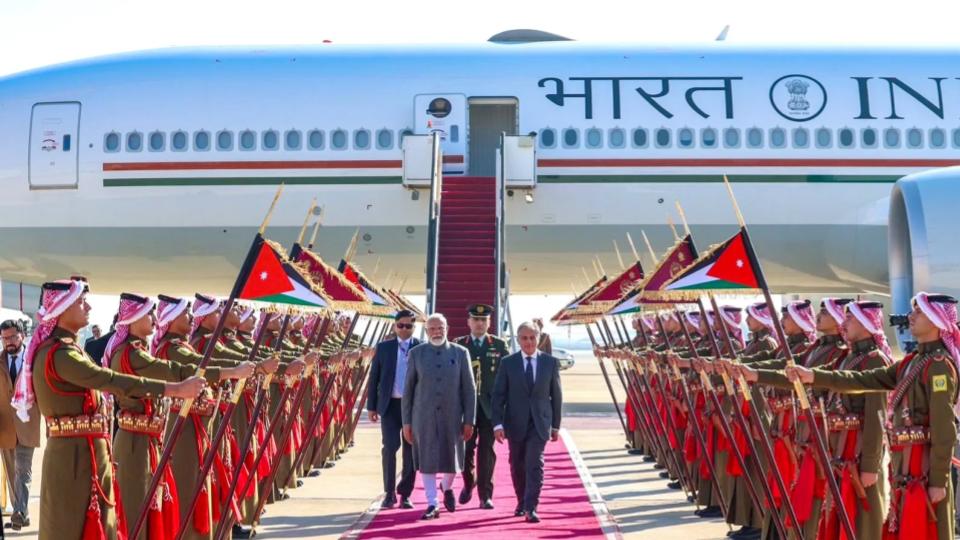
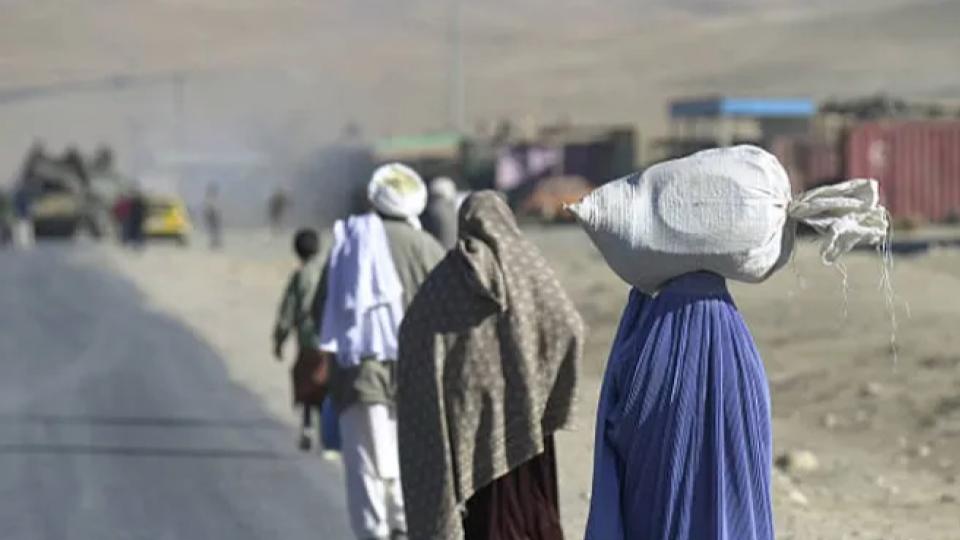
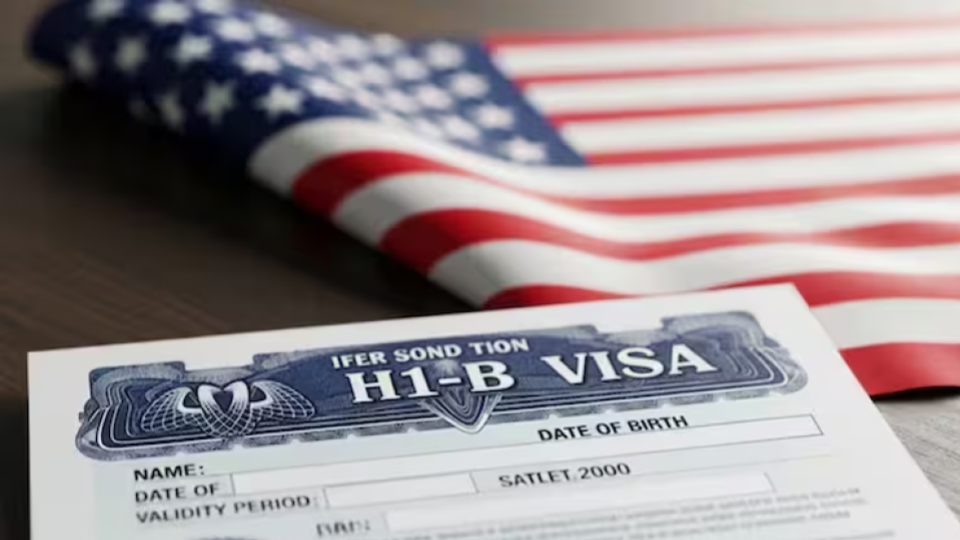
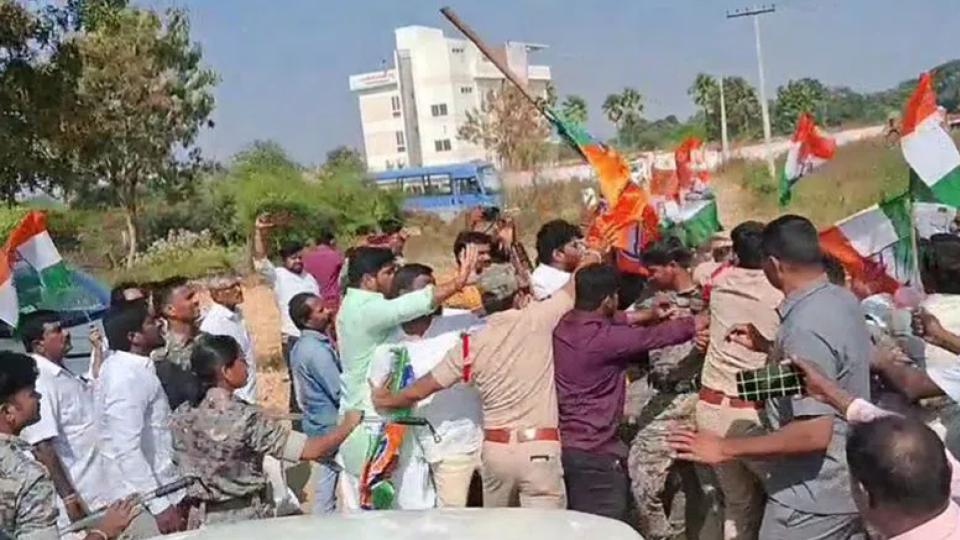
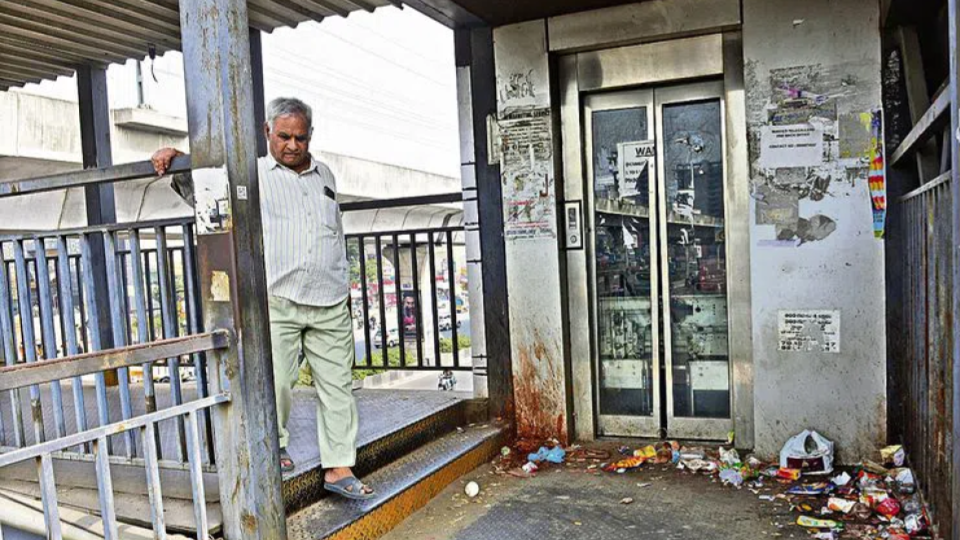
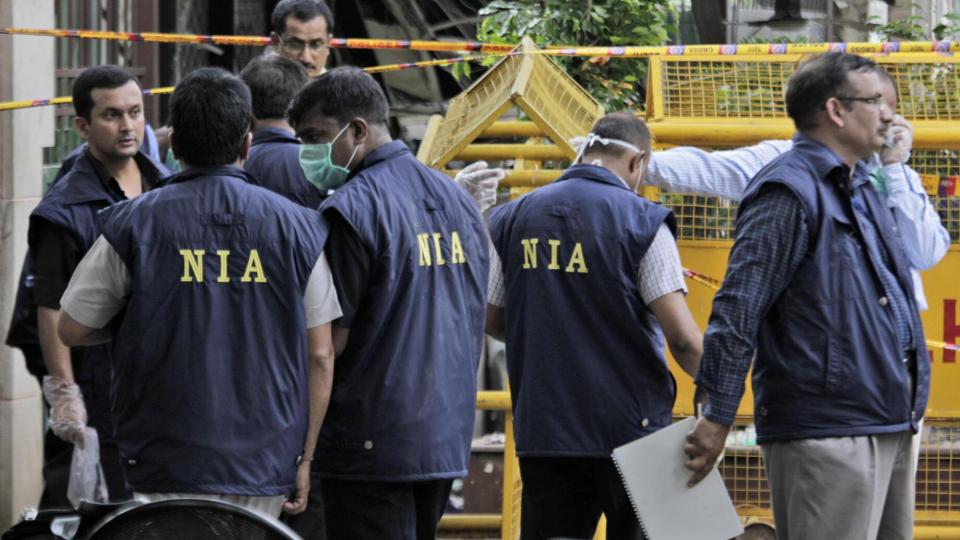
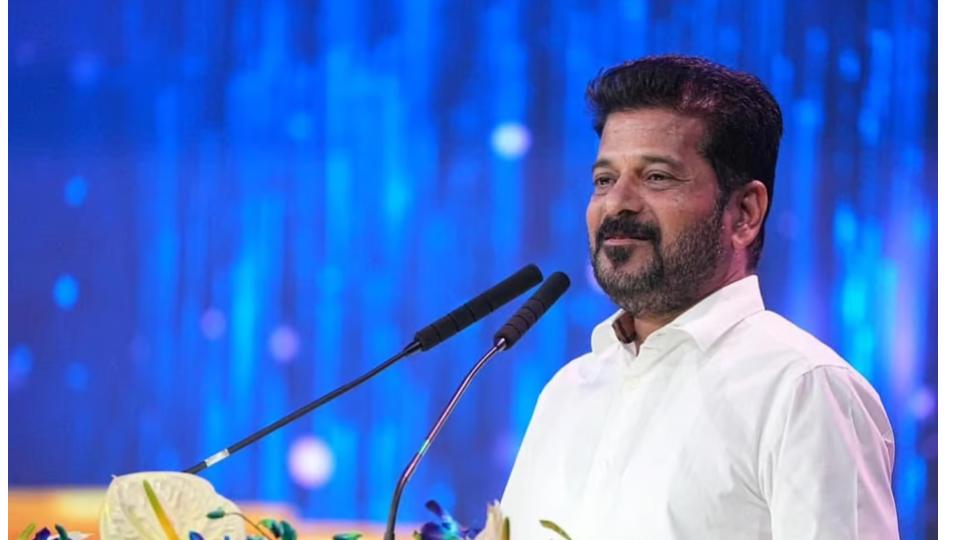
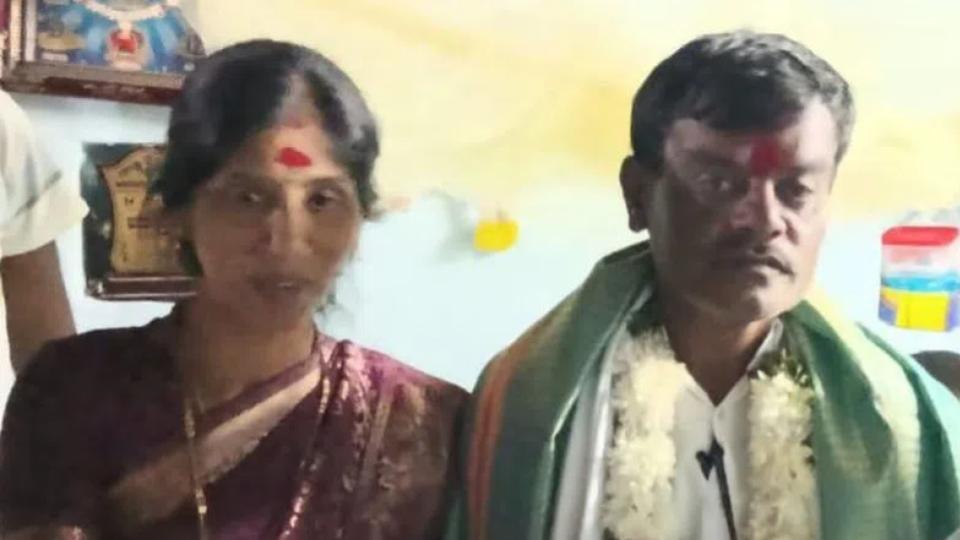
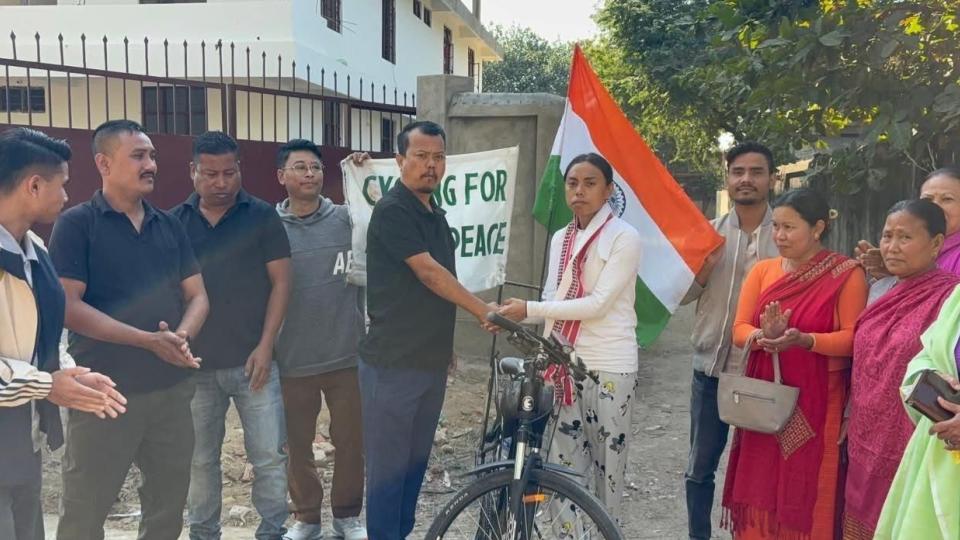
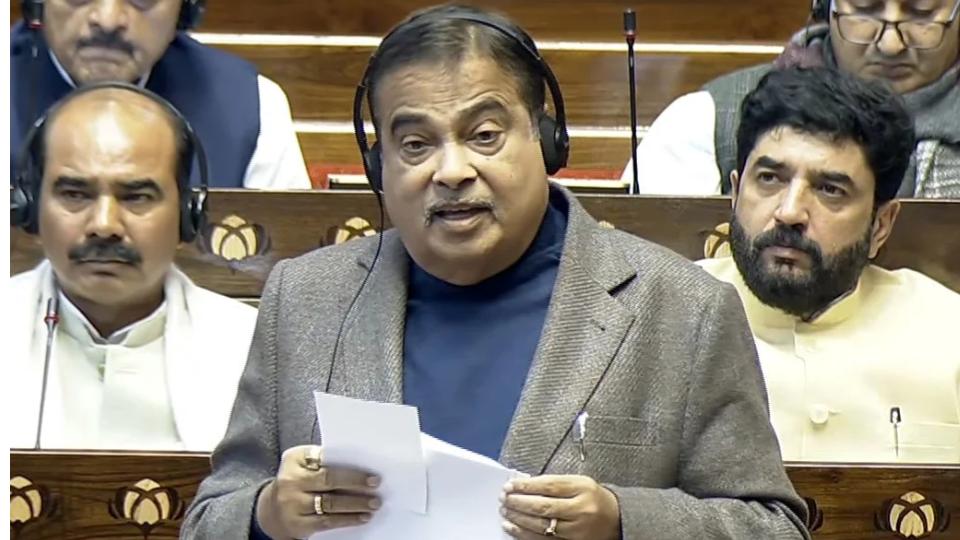
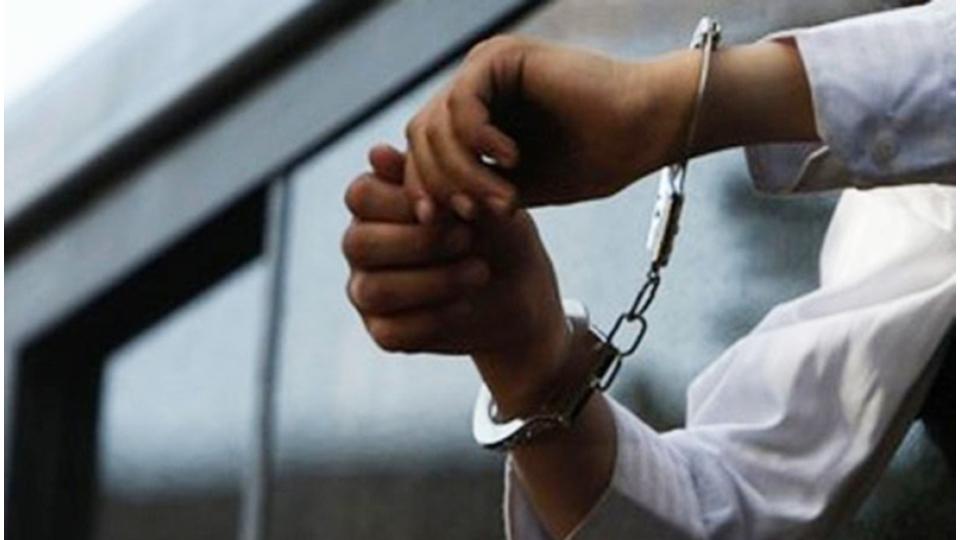
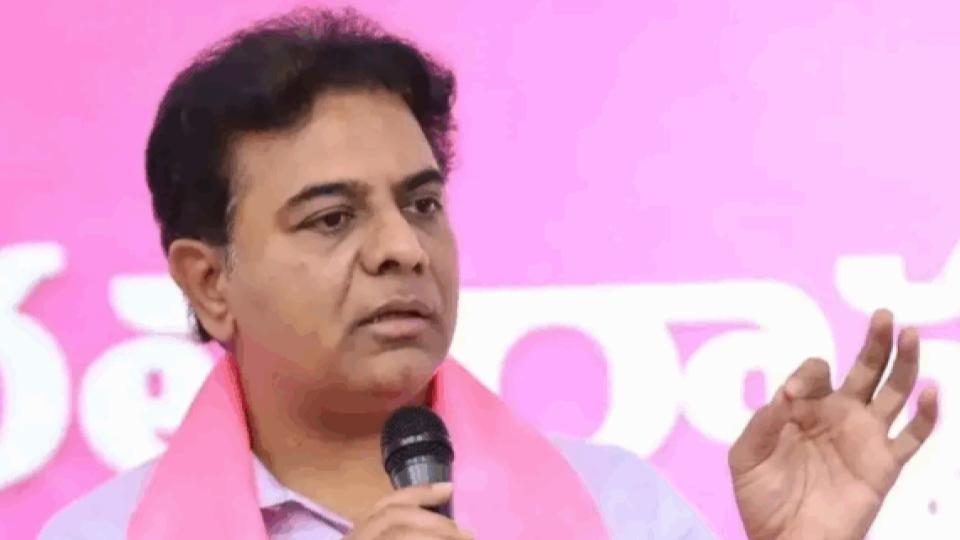
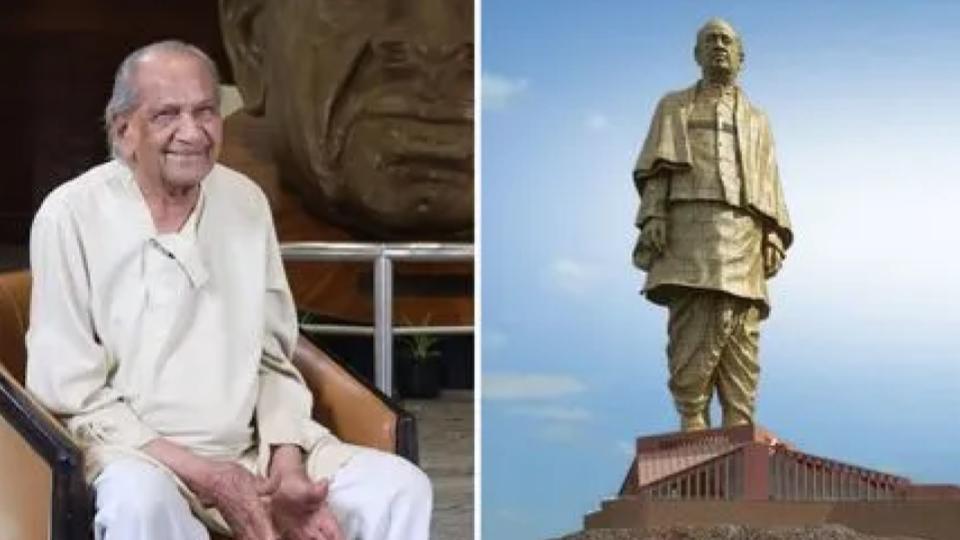
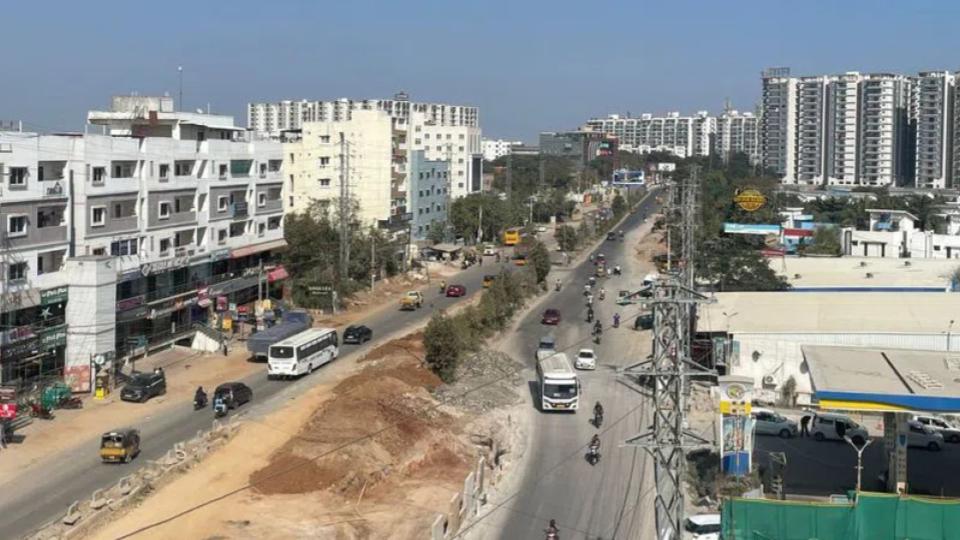
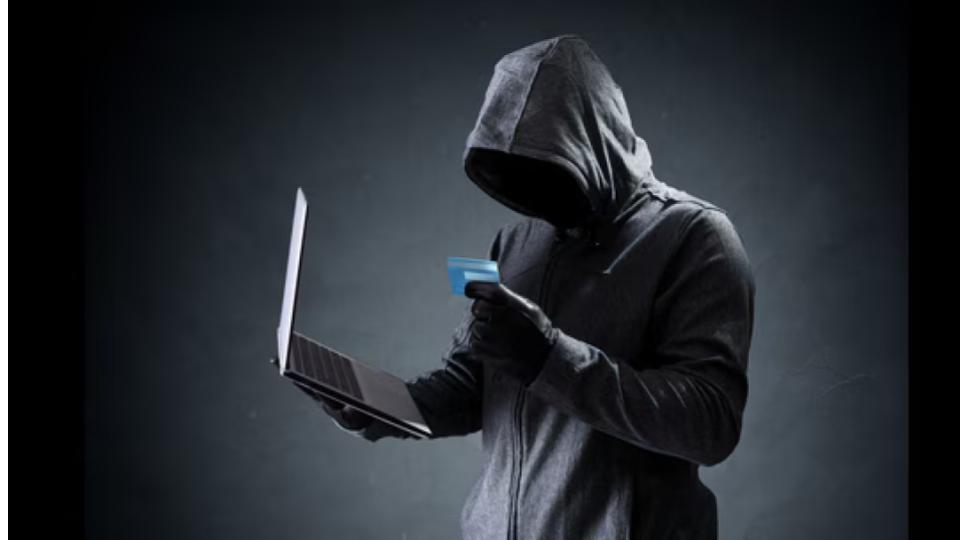

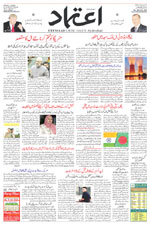


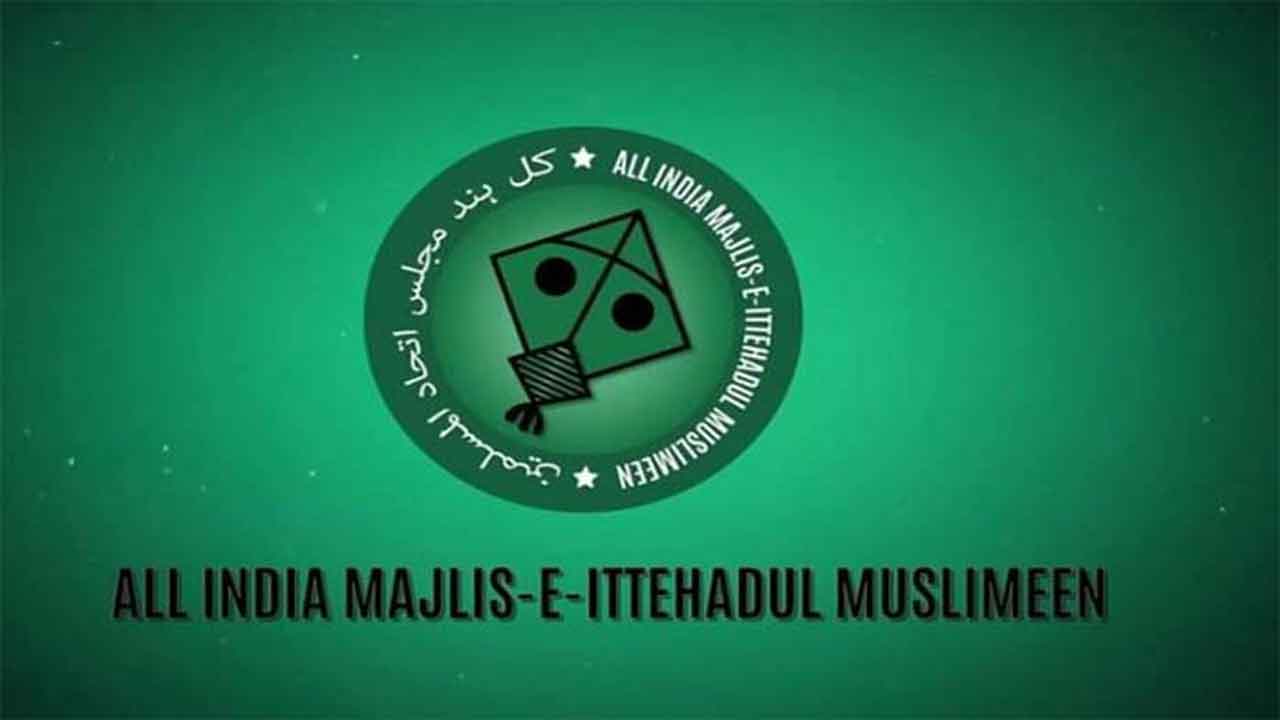
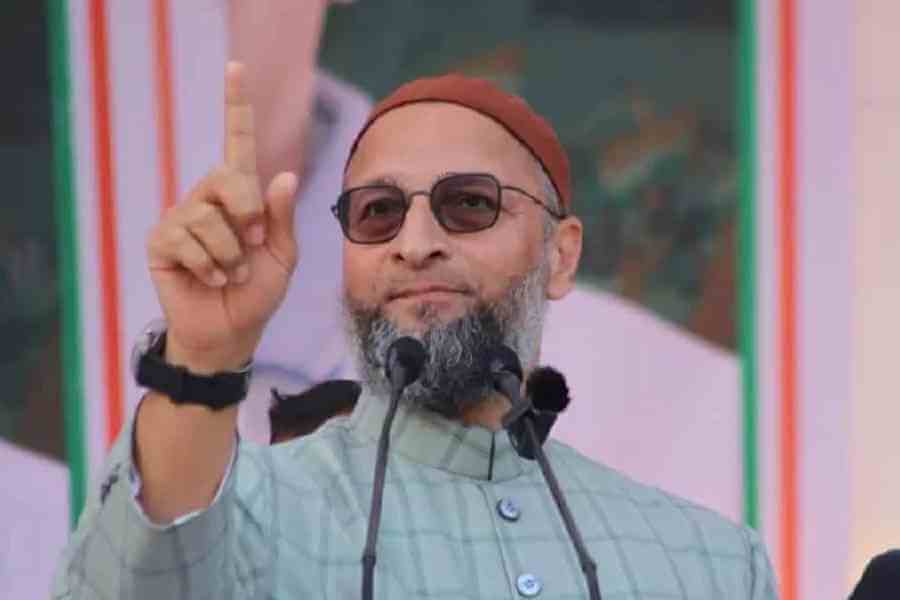
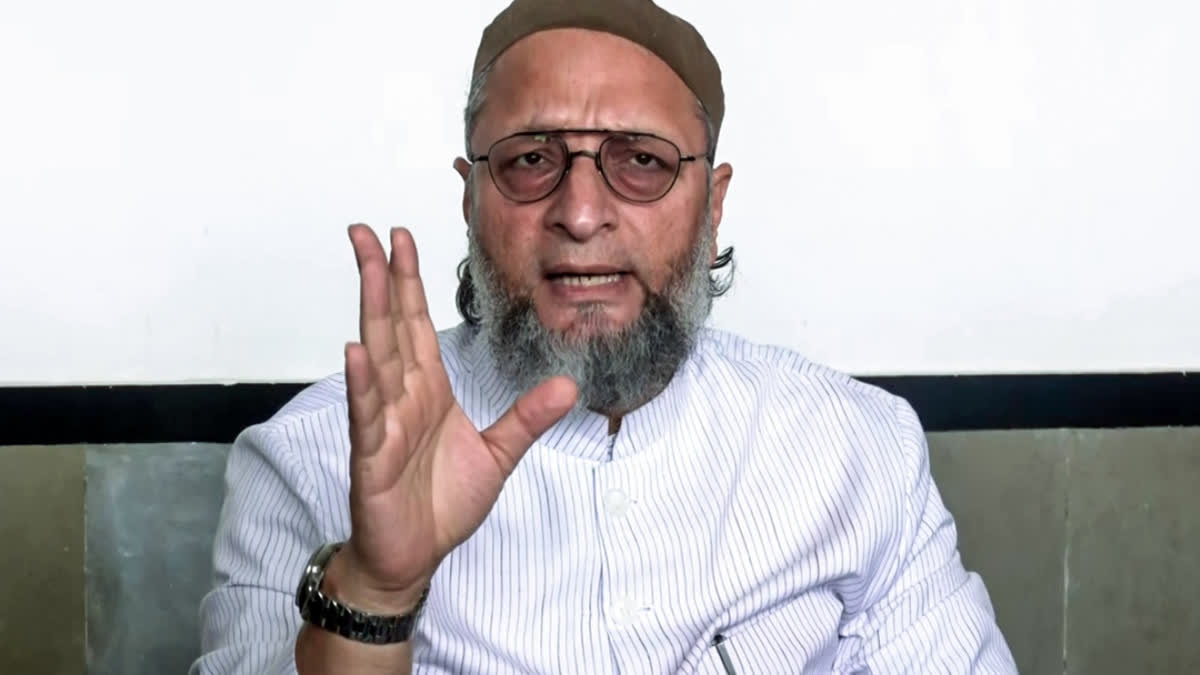
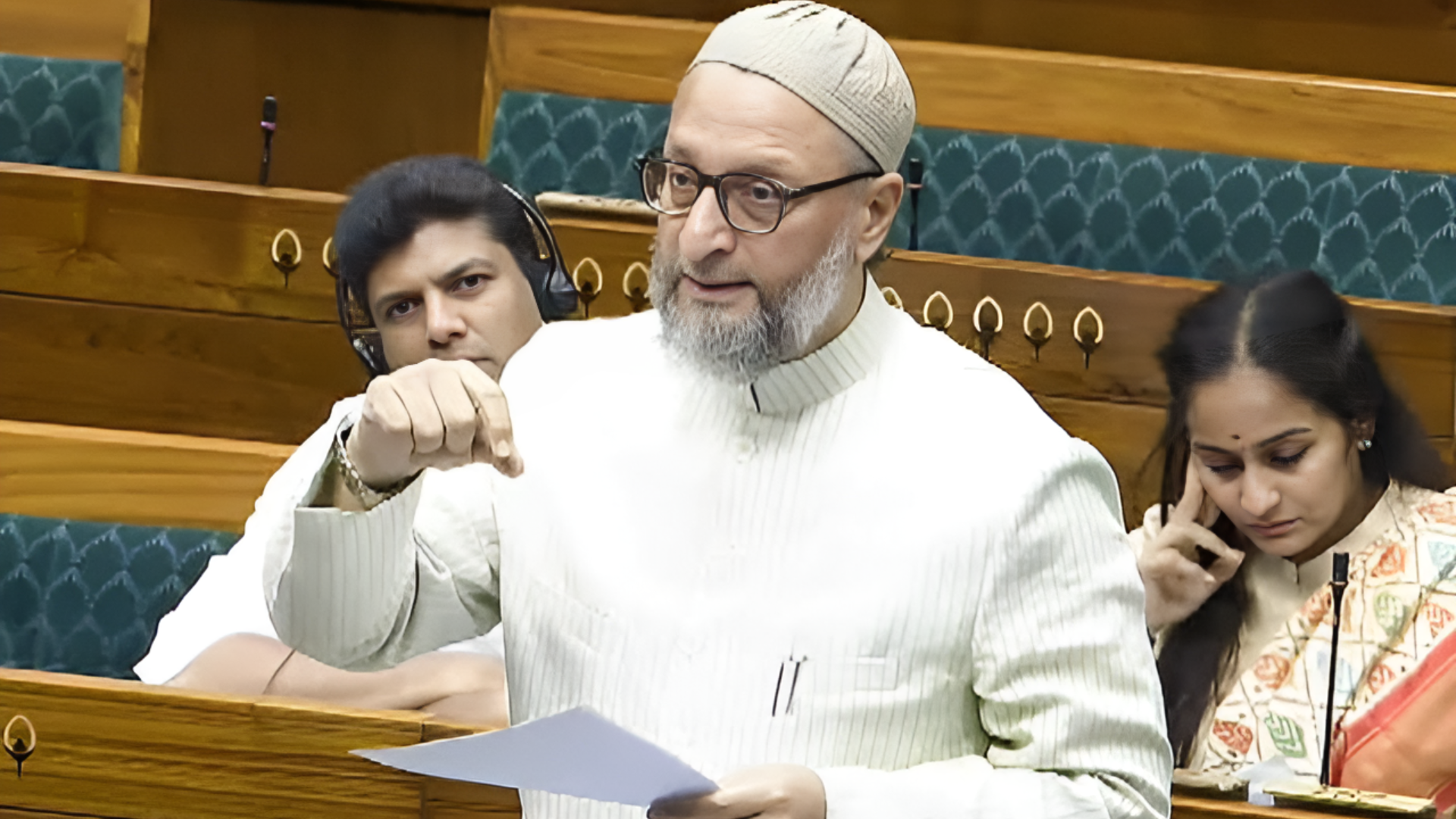
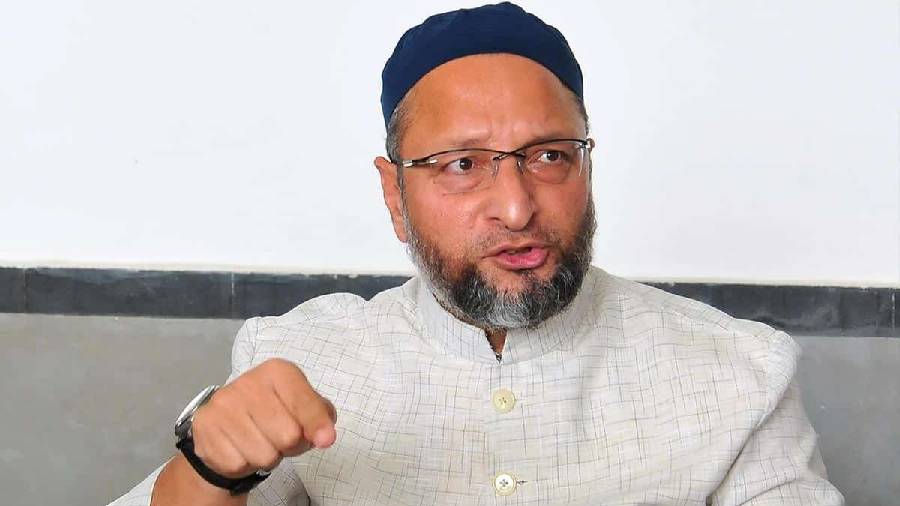
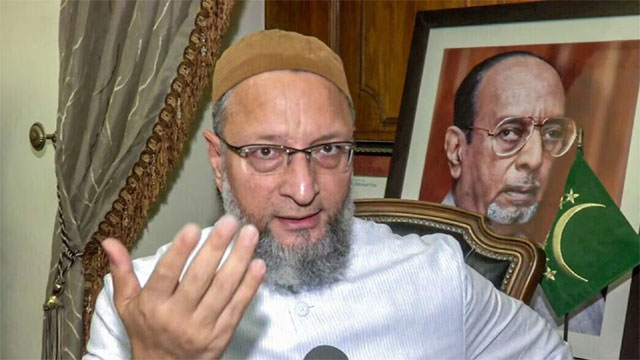
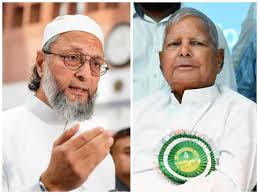
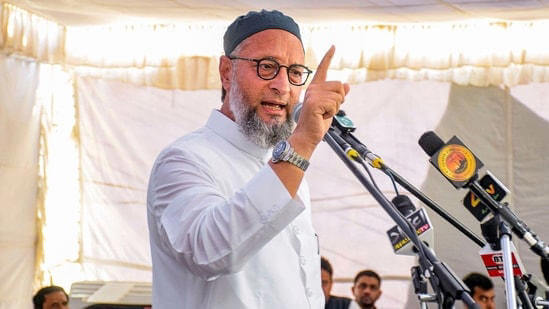
.jpg)
.jpg)
.jpg)


